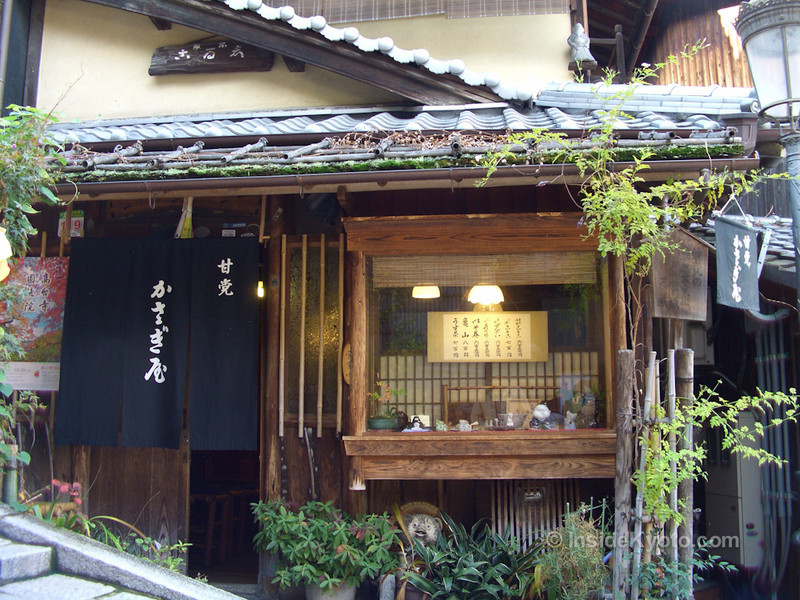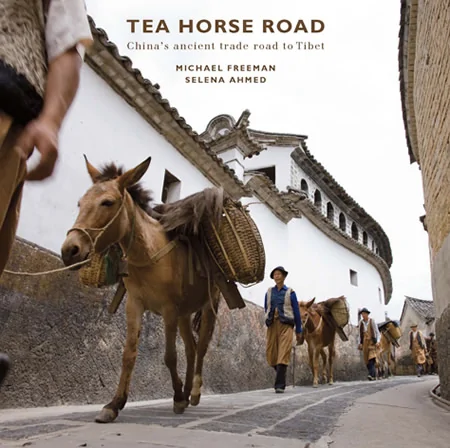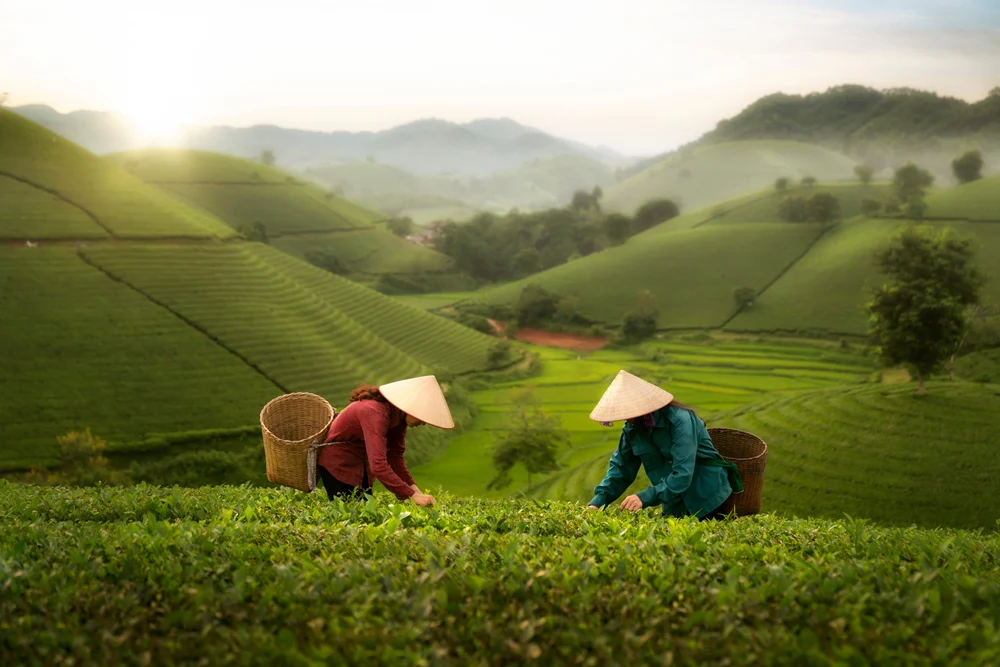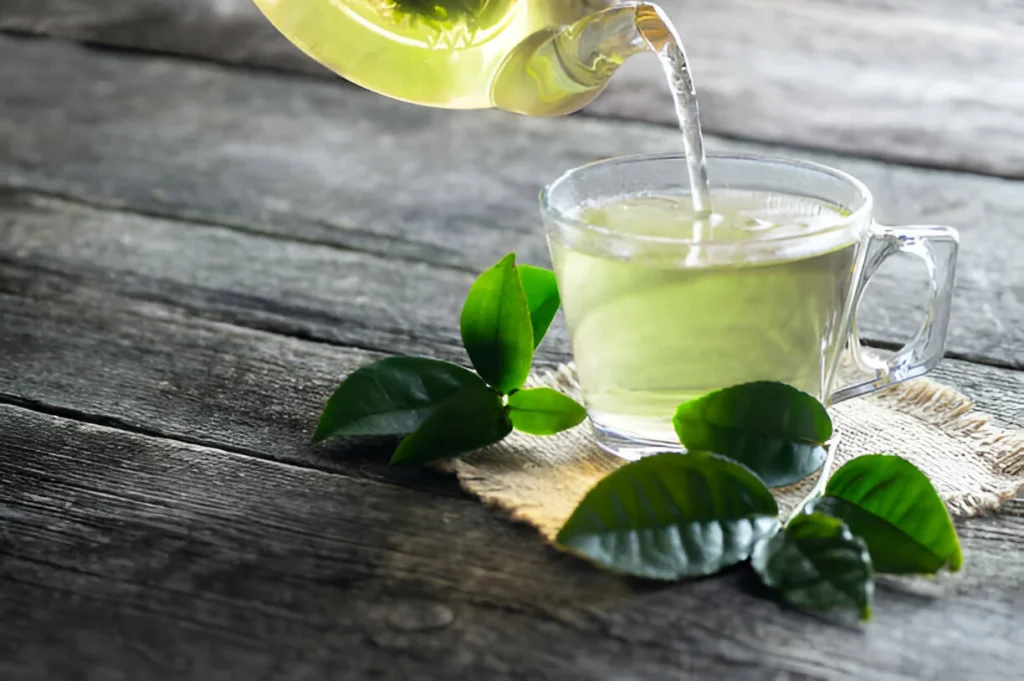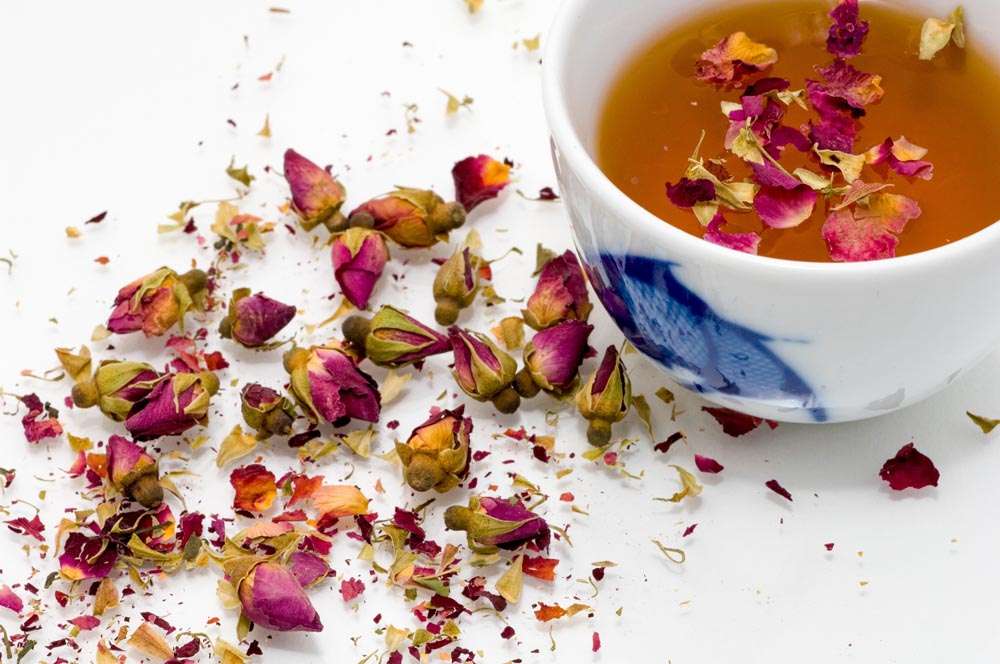In the heart of Japan lies Higashiyama, a village where tradition, sustainability, and tea cultivation coexist in a delicate balance. This community of dedicated tea farmers has preserved an ancient way of life, nurturing their tea gardens in harmony with the surrounding grasslands. Their story is one of commitment to biodiversity, traditional farming practices, and the production of exceptional tea.
The Satoyama Landscape and Chagusaba Grasslands
Higashiyama is part of Japan’s Satoyama landscapes—biodiverse ecosystems where human activity coexists with nature. These environments, characterized by woodlands, grasslands, and mountains, have long been essential to rural communities. Unfortunately, urbanization has threatened many such landscapes, but Higashiyama’s tea farmers have made it their mission to preserve and restore the grasslands, known locally as chagusaba.
The chagusa grasses are more than just part of the landscape—they are vital to tea farming. These native grasses, including silver grass and bamboo grass, provide essential nutrients to the soil, enriching it naturally without synthetic fertilizers. In Higashiyama, the saying rings true: no chagusa means no Higashiyama tea.
A Sustainable Farming System
The partnership between tea gardens and chagusaba is one of mutual benefit. The grasslands are carefully maintained and harvested each fall, with the dried grass processed into straw compost. This compost is spread between rows of tea bushes after the last harvest of the year, enriching the soil, controlling weeds, and preventing erosion.
This cycle ensures the tea bushes remain healthy and well-nourished. Over the winter, the straw decomposes, returning organic matter to the earth and preparing the tea gardens for spring’s renewal. The result is tea that embodies the rich terroir of Higashiyama—vivid, flavorful, and deeply connected to its environment.
A Tradition of Excellence and Responsibility
Only 90 farmers are permitted to grow tea in Higashiyama, and each shoulders the responsibility of preserving this delicate ecosystem. Together, they maintain a balance between 420 acres of tea gardens and 274 acres of grasslands, ensuring sustainability for future generations.
Tea farming in Higashiyama dates back to the Edo Period (1603–1868), but the introduction of chagusaba practices began roughly 130 years ago during the Meiji Period (1868–1912). This tradition, passed down through generations, has helped shape the distinctive flavor and quality of Higashiyama tea.
For the farmers, tea is not just a crop—it is a way of life that reflects their respect for nature and their community. By preserving chagusaba, they protect the biodiversity of the region and ensure the continued health of their tea gardens.
A Unique Landscape and Flavor
Higashiyama’s tea gardens offer a striking contrast to the manicured rows often associated with Japanese tea farms. The patchwork of grasslands and tea gardens creates a mosaic of color and texture, reflecting the harmony of nature and agriculture.
The terroir of Higashiyama contributes to the tea’s exceptional quality. The nutrient-rich compost from chagusa enhances the flavor, resulting in a tea that is both vibrant and complex. The high amino acid content lends a rich, umami mouthfeel, while the clean, vegetal finish speaks to the purity of the farming practices.
The Legacy of Higashiyama Tea
In Higashiyama, sustainability is more than a practice—it is a philosophy that permeates every aspect of life. The tea farmers not only produce world-class tea but also serve as stewards of the land, ensuring that their traditions endure. Their dedication to preserving chagusaba is a reminder that agriculture can thrive alongside nature when treated with care and respect.
By choosing Higashiyama tea, we honor the legacy of these farmers and their commitment to sustainability. Each cup tells a story of resilience, biodiversity, and the quiet beauty of a balanced ecosystem. As tea lovers, we have the privilege of sharing in this tradition, savoring not just the flavor but the values and history infused in every leaf.
